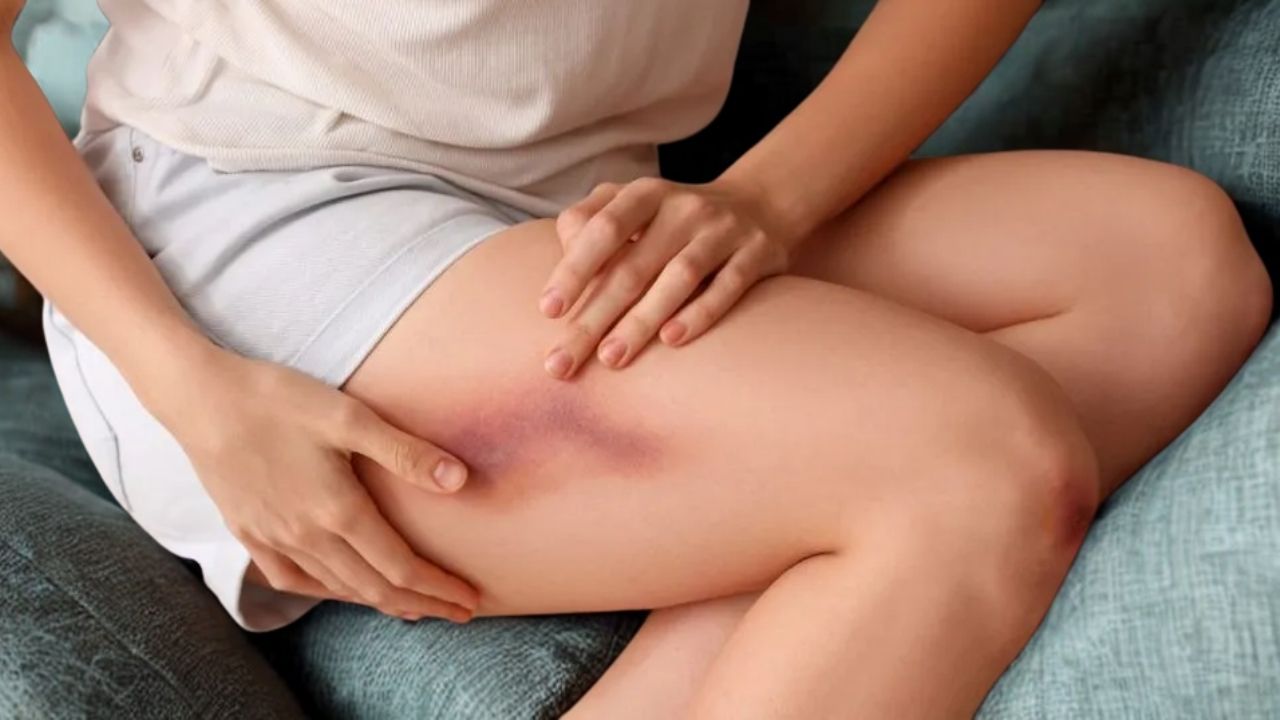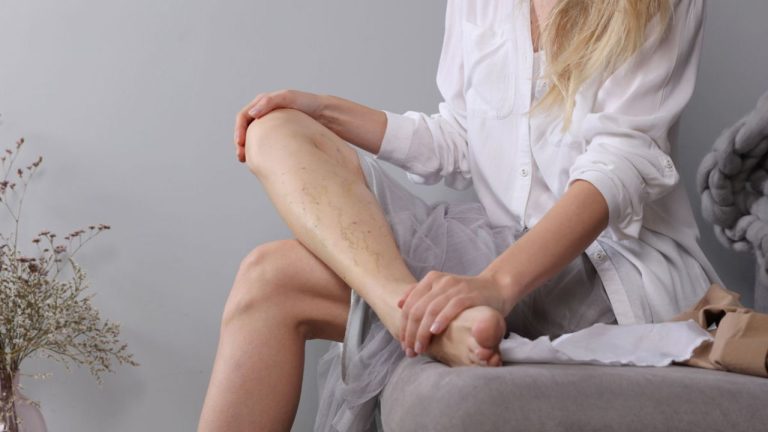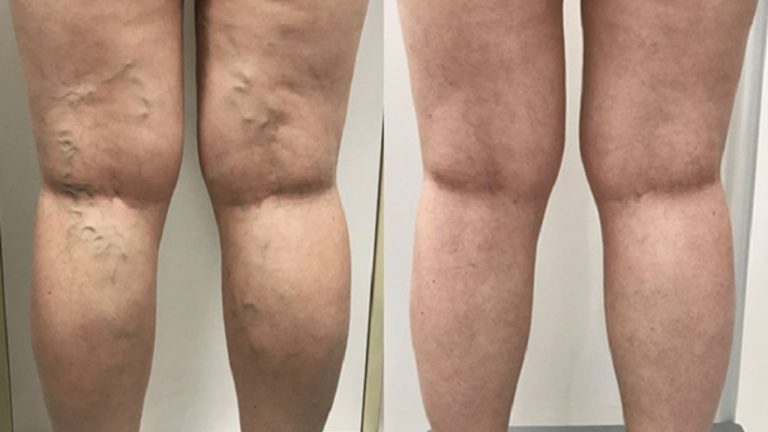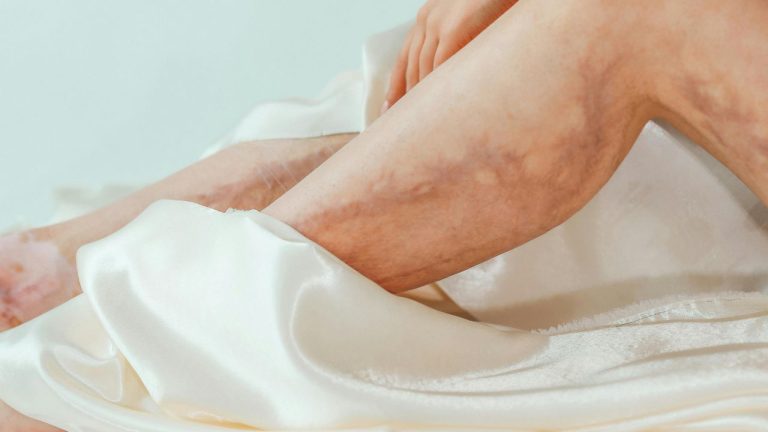Imagine standing in your kitchen when, all of a sudden, your leg feels unusually heavy, tight, and throbbing. Within minutes, swelling increases and a dark purplish patch appears on your calf. This may be more than just bruising – it could signal an internal rupture of a varicose vein. Though it may not look as alarming as external bleeding, it carries serious risks such as blood clot formation and tissue damage, making immediate medical attention essential.
Varicose veins are enlarged, twisted veins that typically develop in the legs. Most people experience only mild discomfort or cosmetic concerns, but in rare instances, a weakened vein wall can burst internally, allowing blood to leak into the surrounding tissue. Unlike visible external bleeding, an internal rupture remains hidden yet can cause pain, swelling, discoloration, and potentially serious complications if left untreated.
In this article, we’ll explore the causes, symptoms, risks, and treatment options for an internal varicose vein rupture – and explain what to do if it happens to you.
What Happens If a Varicose Vein Bursts Internally
A varicose vein can rupture internally when the weakened walls of the vein give way, allowing blood to leak into the surrounding tissues. Although rare, this can occur due to chronic pressure, trauma, or inflammation in the affected vein. Unlike an external rupture, which is visible on the skin, internal bleeding may not be immediately noticeable, making it potentially dangerous if left untreated.

When a varicose vein bursts internally, blood collects beneath the skin or in the soft tissues of the leg, forming a hematoma. This can lead to sudden, sharp, or throbbing pain in the leg, rapid swelling, and a feeling of tightness or heaviness. The skin may show discoloration, ranging from purplish-red to brownish hues, and the area may feel warm or tender to the touch. Depending on the severity, the rupture can restrict mobility, making it difficult to walk, stand, or perform daily activities comfortably.
Internal bleeding increases the risk of blood clot formation. When blood pools in a vein without efficient movement, clots may develop, causing superficial thrombophlebitis or, in more severe cases, deep vein thrombosis (DVT). DVT can become life-threatening if a clot travels to the lungs, leading to pulmonary embolism. Chronic or repeated ruptures may also damage surrounding tissues and the skin, potentially causing ulcers, infections, or long-term skin discoloration.
In summary, while an internal varicose vein rupture is uncommon, it can lead to significant discomfort, tissue damage, and complications if not addressed quickly. Awareness of the symptoms, careful monitoring, and preventive care are essential for maintaining vein health and preventing serious outcomes.
Step-by-Step Immediate Actions
Internal varicose vein rupture, though rare, can be serious and painful. Recognizing the symptoms, acting quickly with proper elevation and compression, and seeking immediate medical care are crucial steps to prevent complications. Combined with preventive lifestyle measures and medical support, you can protect your veins, minimize risks, and maintain long-term leg health.
However, do the following action immediately if you feel any related problem in your leg area-
- Elevate the Leg: Raise the affected leg above heart level to reduce blood pooling and pressure on the vein. This encourages blood flow back toward the heart and helps slow further bleeding.
- Apply Gentle Compression (If Advised): Use a clean compression bandage or stocking to provide light support. Avoid tight wrapping, as excessive pressure may worsen pain or circulation issues.
- Avoid Massaging the Area: Rubbing or pressing the affected site can aggravate the rupture, increase bleeding, and potentially spread a clot if one is forming.
- Monitor Symptoms Closely: Take note of rapid swelling, increasing pain, skin color changes, or warmth around the area. These are warning signs that require urgent medical attention.
- Seek Prompt Medical Care: Contact your doctor or go to an emergency department immediately. Internal bleeding, if untreated, can lead to hematomas, blood clots, deep vein thrombosis (DVT), or skin ulcers.
- Follow Post-Care Instructions: After professional evaluation, follow prescribed treatments, which may include compression therapy, medications, or medical procedures like sclerotherapy, endovenous laser treatment, or vein ligation, depending on the severity.
Prevention and Long-Term Care
Preventive measures are key to reducing the risk of internal rupture. Wearing compression stockings, regularly raising your legs, maintaining a healthy weight, staying active, and avoiding prolonged periods of standing or sitting can help relieve pressure on your veins. Regular monitoring for sudden pain, swelling, or skin changes is also crucial, as early detection allows for prompt treatment and reduces the likelihood of severe complications.
Even after recovery, maintaining vein health is essential to prevent future ruptures:
- Wear compression stockings regularly, especially during prolonged standing or travel.
- Keep your legs elevated periodically to relieve pressure on veins.
- Engage in gentle exercises like walking, swimming, or cycling to improve circulation.
- Maintain a healthy weight to reduce strain on the legs.
- Avoid prolonged sitting or standing, and take breaks to move your legs.
- Monitor for warning signs such as sudden pain, swelling, or skin discoloration and seek care early.
Causes of Internal Varicose Vein Rupture
Internal ruptures are uncommon, but several factors can increase the risk:
- High vein pressure: Long-standing varicose veins can weaken vein walls. Prolonged standing, heavy lifting, or sudden strain may trigger rupture.
- Trauma or injury: Direct hits or accidents affecting the leg can cause internal bleeding.
- Vein degeneration: Chronic vein disease or aging weakens vein walls, making them more fragile.
- Inflammation or infection: Phlebitis or skin infection near the vein can increase rupture risk.
Symptoms to Watch For Internal Varicose Vein Rupture
Internal bleeding isn’t always visible, but can be identified through:
- Sudden, sharp, or throbbing leg pain
- Rapid swelling or firmness in the affected area
- Skin discoloration, ranging from purple to brown
- Warmth or tenderness around the vein
- Heaviness or stiffness in the leg
If you notice any of these signs, seek medical attention immediately to prevent further complications.
Possible Complications of Internal Varicose Vein Rupture
Possible complications of internal varicose vein rupture may be
- Severe internal bleeding leading to rapid swelling and bruising.
- Deep vein thrombosis (DVT) occurs due to pooled or trapped blood.
- Tissue damage from restricted blood flow and oxygen supply.
- Infection occurs if blood accumulates under the skin for too long.
- Chronic pain and discoloration in the affected leg.
- Venous ulcers or skin breakdown in advanced cases.
Treatment Options for Internal Varicose Vein Rupture
Treatment of an internal varicose vein rupture focuses on stopping the bleeding, alleviating pain, and preventing complications. Mild cases may be managed with compression therapy and leg elevation, which support the veins and reduce swelling.
Severe or recurrent ruptures may require medical intervention, such as vein ligation, sclerotherapy, or endovenous laser treatment, to repair or close the affected veins. Medications like anti-inflammatories and, in some cases, blood thinners may also be prescribed to manage symptoms and prevent clot formation.
Treatment depends on severity:
- Compression and elevation: Supports veins and reduces swelling.
- Medical procedures: Severe cases may require vein ligation, sclerotherapy, or endovenous laser therapy (EVLT).
- Medication: Anti-inflammatory drugs for pain, blood thinners if clot risk is high.
- Emergency care: Rapid swelling, severe pain, or significant bruising may require immediate hospital attention.
FAQ
Can a varicose vein burst without warning?
Rarely, yes. Most ruptures show signs like swelling, pain, or skin changes, but sudden strain can trigger a rupture even in seemingly stable veins.
Is internal bleeding dangerous?
Yes. Untreated internal bleeding can cause hematomas, clots, skin ulcers, or infections and may lead to serious complications like DVT.
How can I tell if a vein has ruptured internally?
Look for sharp pain, rapid swelling, skin discoloration, warmth, or stiffness in the leg. Immediate medical attention is essential.
Can lifestyle changes reduce the risk?
Yes. Compression stockings, leg elevation, regular movement, gentle exercise, and maintaining a healthy weight can reduce pressure on veins and lower rupture risk.
Conclusion
An internal rupture of a varicose vein is uncommon but can cause intense pain and serious complications if not treated promptly. Recognizing the early warning signs, following preventive measures, and seeking timely medical attention are crucial steps toward protecting your vein health.
Consistent care -such as wearing compression stockings, elevating your legs, engaging in gentle physical activity, and monitoring vein changes -can significantly reduce risks and promote long-term vascular wellness. Remember, listening to your body and acting early can make all the difference.
Take care of your legs -they carry you through life, so treat them with the care they deserve.



